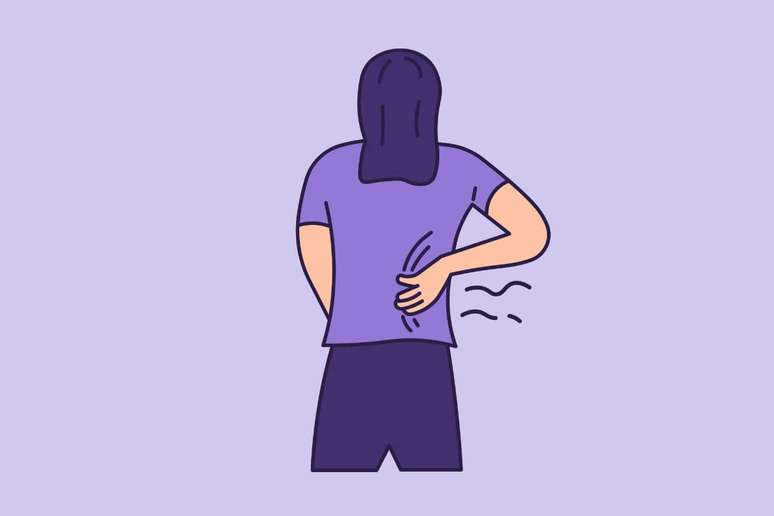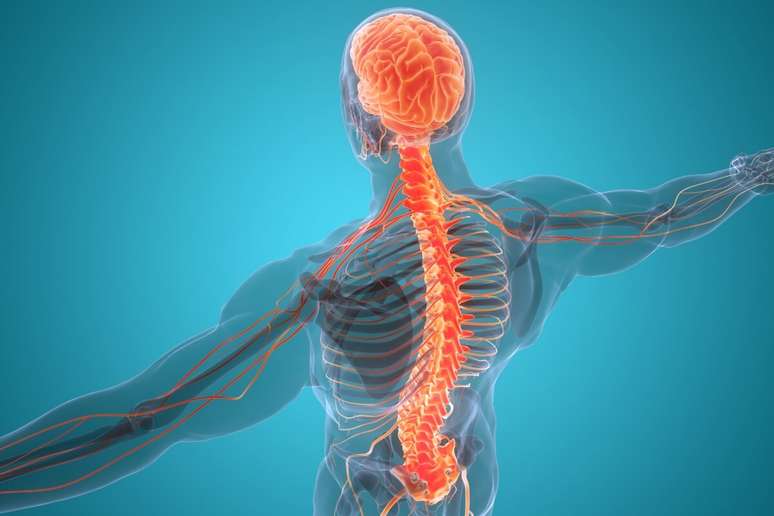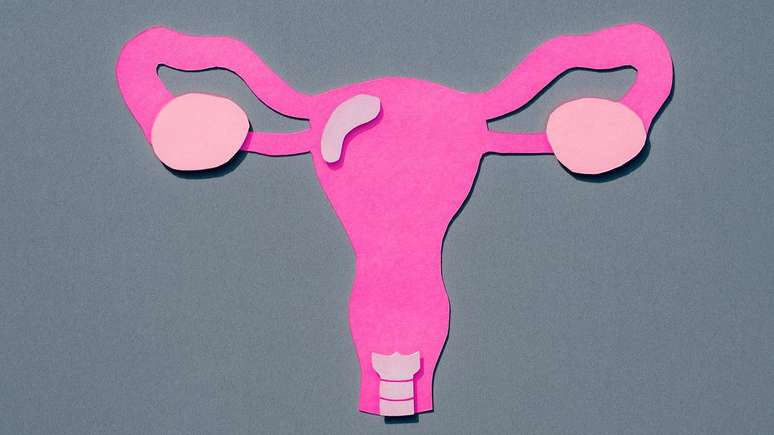An abnormal increase in the curvature of the spine is one of the main causes of back pain
Hyperkyphosis, popularly known as “hump”, is a bone disease caused by a deviation of the body that normally causes people to have a more pronounced curvature in the thoracic region of the spine, as indicated by Dr. Guilherme Rossoni, a neurosurgeon specializing in the treatment of diseases of the spine and chronic pain.
“We have natural curves in the spine that help balance the weight of our body: in the cervical spine we have lordosis – which is a slight backward curve; in the thoracic spine we have kyphosis – a slight forward curve; hyperkyphosis “is when there is a significant increase in this natural curve of the human being. A normal pattern of kyphosis respects the limits of 20 to 45 degrees, above 60 we speak of hyperkyphosis or “hump”, as we all know”, explains the doctor.
Causes of hyperkyphosis
The main and most common cause is bad posture, especially among teenagers. “In addition to bad posture, there are some causes of hyperkyphosis. We can highlight genetic causes […]”, says Dr. Guilherme Rossoni. In addition to these, the doctor also lists:
- Congenital kyphosis: malformation from the uterus;
- Scheuermann’s disease: it has a hereditary component and is more common in boys during adolescence;
- Post traumatic: fracture that led to flattening of the vertebra;
- Degenerative processes: arthrosis or osteoporosis.
“People who spend a lot of time on the computer, on their cell phones, with inadequate postural habits, who do not have the habit of engaging in physical activities, causing a weakening of the paravertebral muscles, are people more likely to suffer from hyperkyphosis,” says the specialist .

Juvenile kyphosis
Also known as Scheuermann’s hyperkyphosis, juvenile kyphosis occurs between 12 and 14 years of age, due to accelerated and disproportionate growth, causing the appearance of the anterior part of the column they do not follow the back and the vertebrae have a “wedge” curvature.
Parents note poor posture accompanied by mild complaints of back pain. There is a strong hereditary genetic predisposition, which passes from parents to children. In addition to conventional and non-invasive treatments, it is possible to recommend the use of a brace for postural correction.
Ways to diagnose the condition and treatments
The diagnosis of hyperkyphosis is made through physical examinations to evaluate the patient’s posture and panoramic (orthostatic) x-ray in an upright position. As regards treatments, the doctor explains: “normally these are conventional and non-invasive treatments such as physiotherapy strengthen muscles, RPG which is global postural re-education, physical activity and pilates. In some cases, the use of painkillers is necessary and, in more serious cases, surgery”, concludes Dr. Guilherme Rossoni.
By Mayla Tauany
Source: Terra
Ben Stock is a lifestyle journalist and author at Gossipify. He writes about topics such as health, wellness, travel, food and home decor. He provides practical advice and inspiration to improve well-being, keeps readers up to date with latest lifestyle news and trends, known for his engaging writing style, in-depth analysis and unique perspectives.








